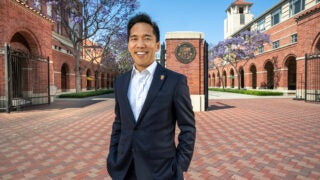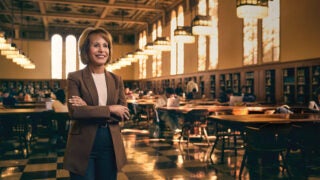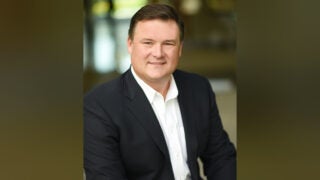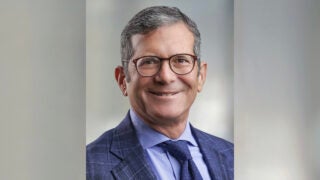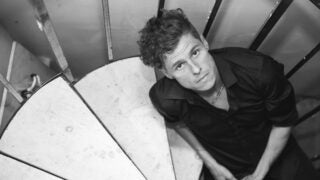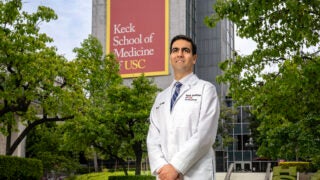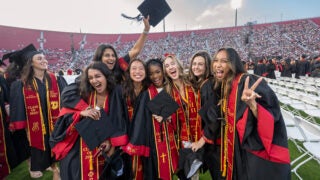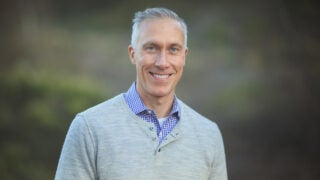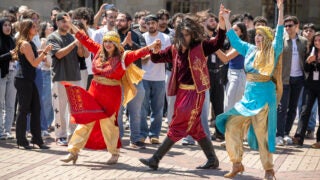Q&A: Kim, USC senior vice president and general counsel for five years, talks about the challenges and opportunities ahead, his plans as interim president — and what practicing law and playing the cello have taught him about leadership.
Rachel B. Levin
News Listing
After six years of visionary leadership, Carol Folt is retiring as USC’s 12th president. The bold “moonshots” and initiatives she’s introduced have positioned USC as a leader in research, technology, health, athletics, innovation and more.
The USC alumnus, who is president and CEO of Greenlaw Partners, joins the board after more than a decade of service and philanthropy to the university.
The USC alumnus and president of Latitude Real Estate Holdings joins the board for his second tenure.
As USC Village’s inaugural faculty in residence wrap up their final year in the complex’s residential colleges, they reflect on the community they helped build during their eight-year tenure.
Skylar Funk MA ’25 — a professional rock musician and climate activist — has helped make USC a greener place as graduate co-chair of the Student Sustainability Committee.
As the medical director of sustainability at Keck Medicine of USC, Associate Professor Arash Motamed is working to reduce the harmful effects of clinical operations on the environment.
COMMENCEMENT: A spectacle of celebration and smiles at the Coliseum highlights a week of more than 100 events celebrating the Class of 2025. Commencement events continue through Saturday.
The astrophysicist and champion of interdisciplinary learning comes to USC from the University of California, Irvine, where he is dean of the School of Physical Sciences.
More than 400 Trojans enjoyed traditional Arabic food, dance and henna art during the event in Hahn Plaza on the University Park Campus.

